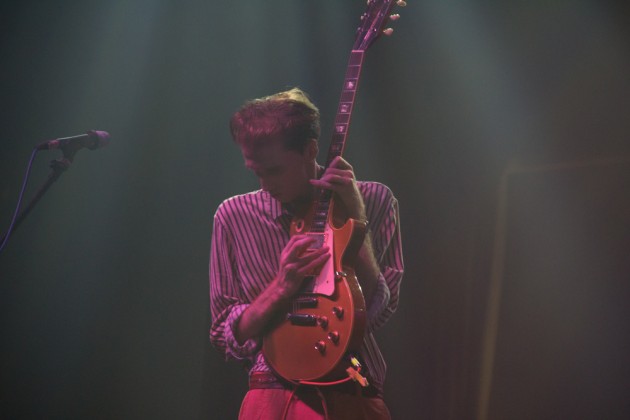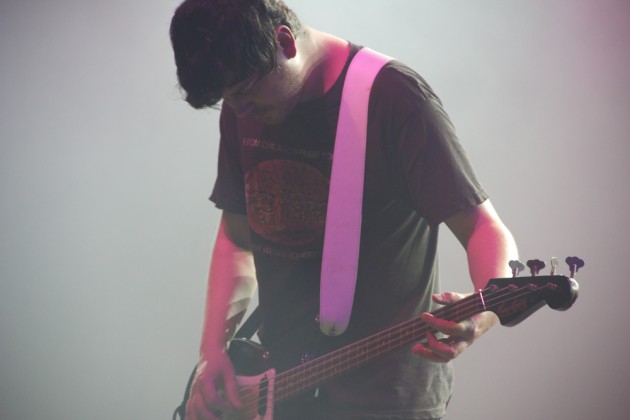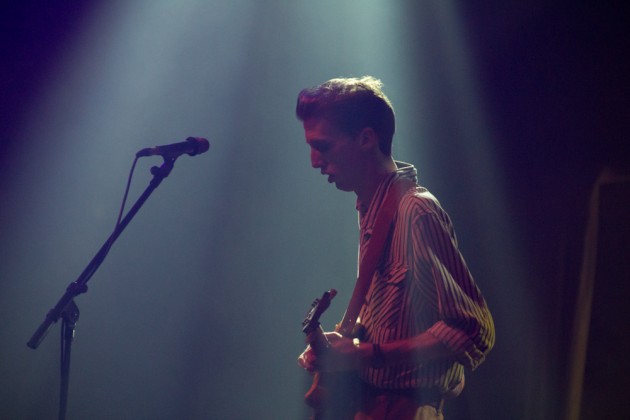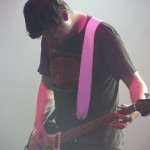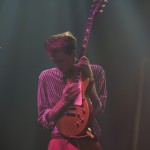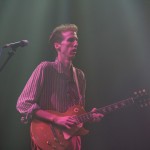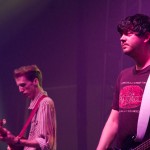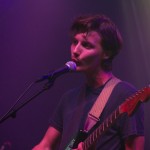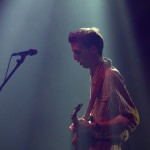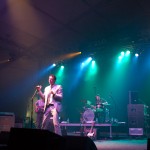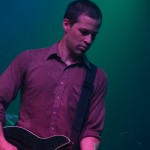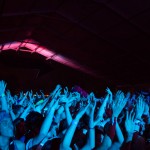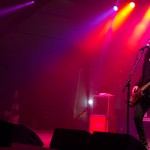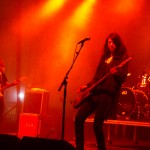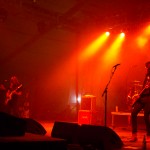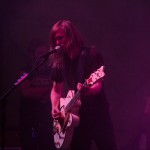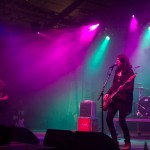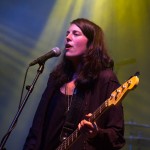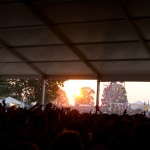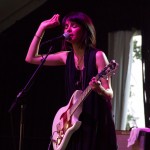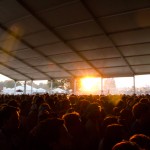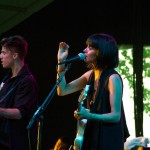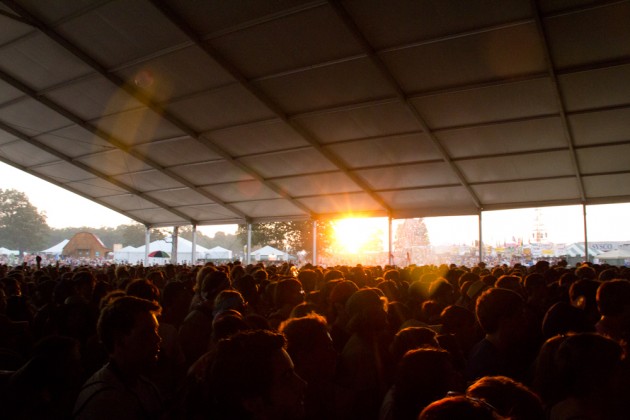
All Photos by Philip Cosores
Bonnaroo really needs no introduction. The Tennessee festival, celebrating ten years of business this year, has been etched into the American consciousness (for better or worse) and regularly draws upwards of 80,000 attendees from far-flung states and countries. Its unique, buzzed-out atmosphere has earned a reputation that bestows dread upon any parent whose kid says, “I’m going to Bonnaroo!” and giddy, irrational excitement into the hearts of hippies and hipsters. It has a little something for everyone, which is clichéd to say, but it’s true. The festival has grown from its humble beginnings as a jam band fest (although it is still a reasonable haven for fans of that kind of music) to taking extreme pride in its eclecticism, offering rap, bluegrass, jazz, folk, pop, metal, “world,” punk, indie—if you can think of it, Bonnaroo has it. Thursday kicked off the festival, and while it is always the festival’s most mellow day, it delivered on Roo’s promise of eclecticism and gave a worthwhile weekend preview to the festivalgoers braving the heat. J. Cole? Check. Best Coast? Check. Greensky Bluegrass? Sure, why not?
School of Seven Bells
Despite recently losing one of their members, School of Seven Bells have come a long way. Upon the release of their 2007 12-inch/digital EP, Face to Face on High Places, the band opened for Blonde Redhead, and back then, their early sound was too directionless and underdeveloped to really hold my attention. I dismissed them as airy spiritualists with good intentions, but rest assured those airy spiritualists now kick ass. What once sounded like two teen witches banging on trash cans and chanting monotonously somehow developed into this forceful, explosive band that was hardly recognizable. How is this possible, especially with one member now gone? Remaining members Alejandra Deheza and Benjamin Curtis made a two-piece sound like a five-piece (with some help from a few good touring musicians, no doubt), and they took their Thursday evening set into wondrous, proggy territory. They still brought their special brand of mysticism, which worked perfectly as dark clouds encompassed the Bonnaroo farmland.
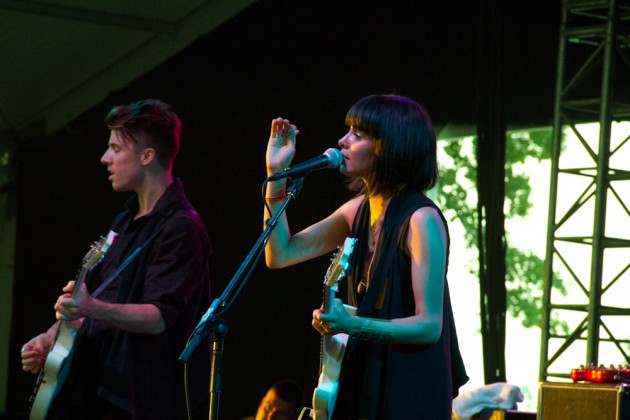
Band of Skulls
Perhaps it is unfair and too easy for music writers to make comparisons to bands and singers when there is such an obvious connection. But I can’t help it! The similarities between Thursday’s next band, a band of the skull variety, and another certain bluesy Bonnaroo band featuring a redhead frontwoman, are just too great! That’s right—Band of Skulls is a crunchier version of Florence + The Machine, but without Florence Welch’s dynamic stage presence. Welch is a textbook-definition “fiery redhead,” while Band of Skulls’ frontwoman, Emma Richardson, just appears to be a redhead. But perhaps that was Skulls’ main problem—starting out, there wasn’t much presence from Richardson or co- vocalist/guitarist Russell Marsden. They didn’t move. They played their instruments. They sang snarling lyrics, but they were, in fact, not snarling. What’s the deal? Such crunchy, bluesy music basically demands a certain level of swagitude from its members, and it did not start cropping up until the end of the show, when Band of Skulls finally started loosening up. They did deliver on the music, though, with punchy, Zeppelinesque riffs assaulting the audience, who graciously accepted the pummeling.

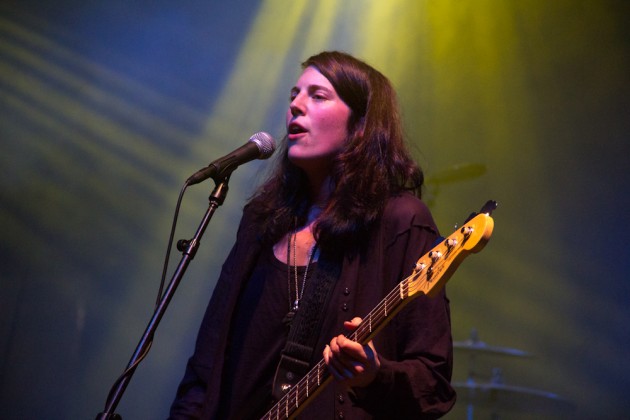
The Walkmen
The Walkmen is one of those bands that has just always been around—well, not always, but ten years is a lot of time to make a lasting impression. Hamilton Leithauser acknowledged this when he compared Bonnaroo’s ten-year anniversary (this year’s special occasion) to his own band’s decade-long milestone. They played songs old (“The Rat,” “We’ve Been Had,” “Canadian Girl,” “In The New Year”) and new (including a brand new track and Lisbon cuts “Juveniles,” “Victory,” and “Woe Is Me”), complete with transitions from the moody to the explosive. The Walkmen have a propensity for songs with fairly basic rhythmic structures, but bands’ tendency toward putting rhythm on the back burner can unfortunately cheapen their drummers, making them nothing more than human metronomes. Matt Barrick finally displayed his drumming prowess with a faster, punk-influenced track. Meanwhile, Leithauser was endearingly awkward in his movements, but he looked sharp in a suit and was classy enough to introduce his band to the audience. He later dodged a giant beach ball that was sailing through the air in his direction, making his voice falter, but he picked right up and delivered a hair-raising, sustained wail near the end of their set.
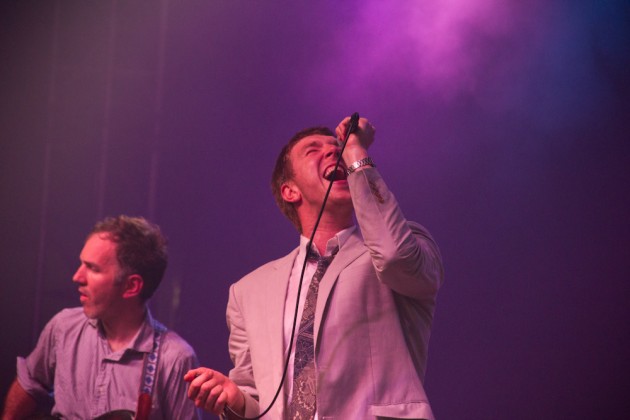
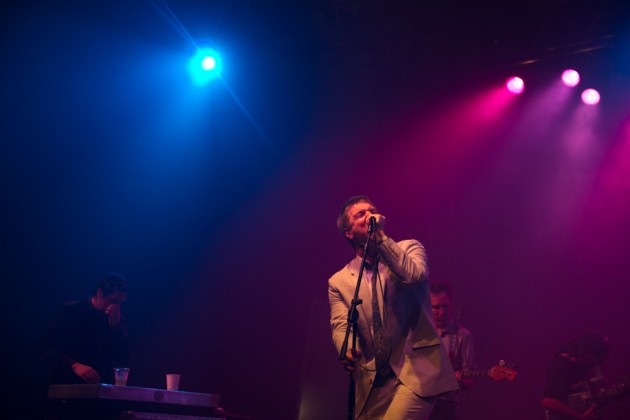
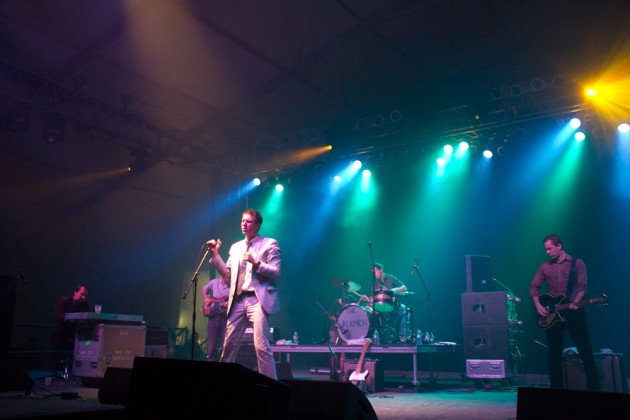
Deerhunter
Bradford Cox’s main squeeze is something so elusively meaningful and delicate to him that it almost seems like playing a live show at a gigantic loud, messy festival would dilute the meaning of his music. But that isn’t so—you can tell that Cox wants to share his somber introspection with every person in the audience. In a way, there couldn’t have been a better choice for a late-night set after the first day in the sweltering heat of Bonnaroo, as Deerhunter’s set had a cool, calming effect over everyone there. Eyes were closed and they all stood still, but they weren’t bored—they were entranced. Despite the group meditation with Cox as the director, he still took the time to open our eyes and extend the corners of our mouths with his dry wit. “After the show, everyone gets a banana split and a strobe light,” he shouted. The set was largely comprised of newer songs from Halcyon Digest, and one of the most memorable moments was the stretch of music between “Helicopter” and “He Would Have Laughed” (the latter of which Cox introduced as a tribute to Jay Reatard, intimately using the late rocker’s real name). The audience was awash in waves of reverb and ambience, and they were perfectly content with that—even a little saddened when it was all over.
